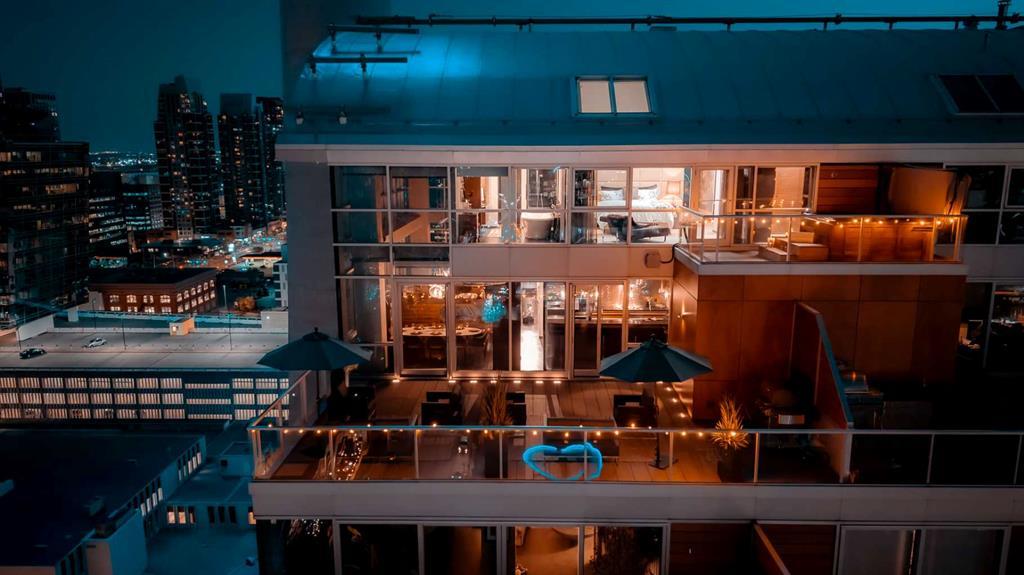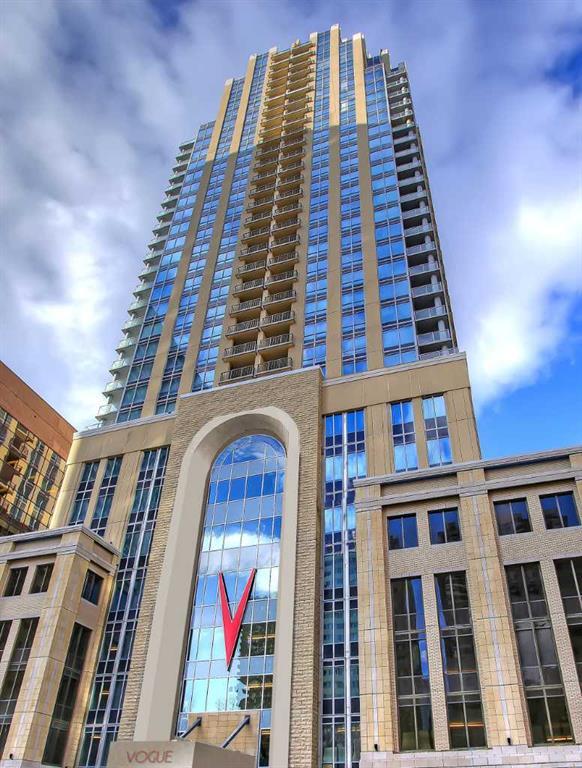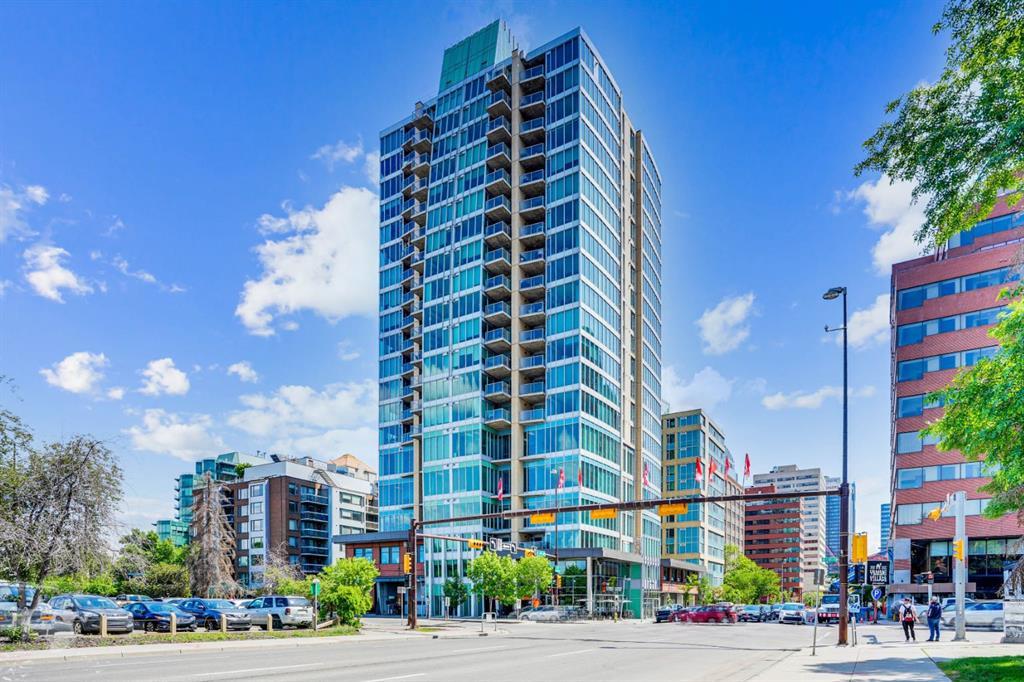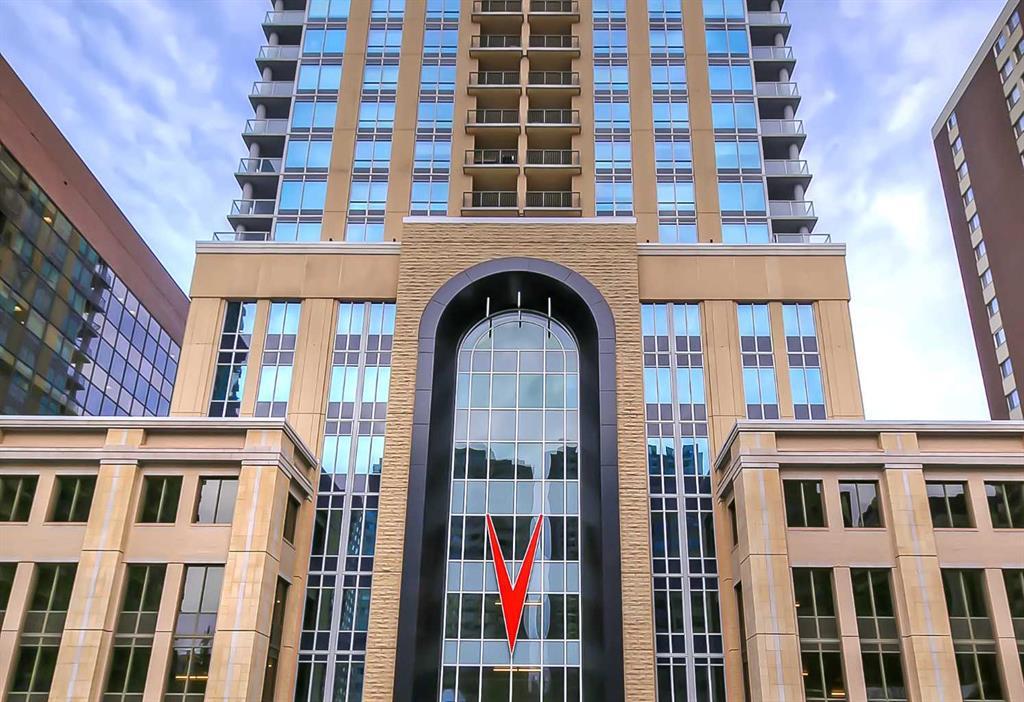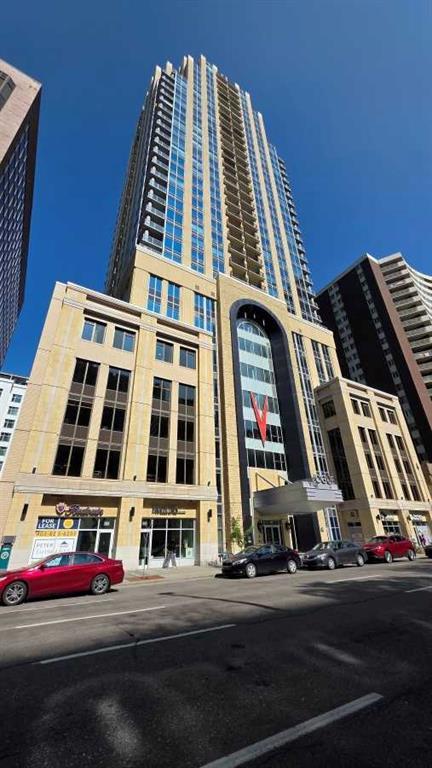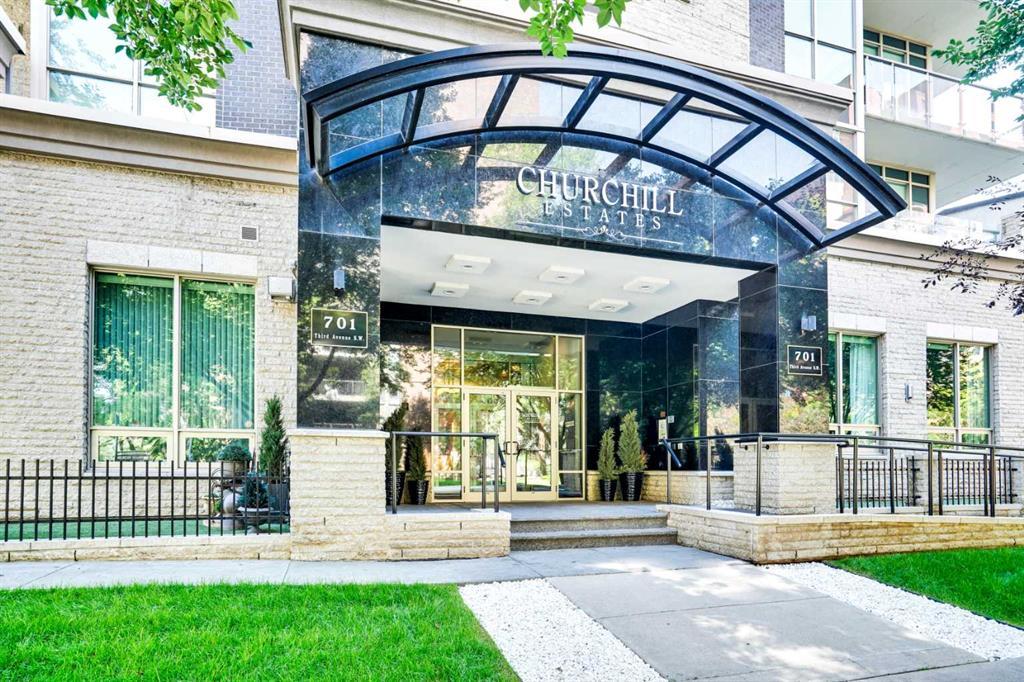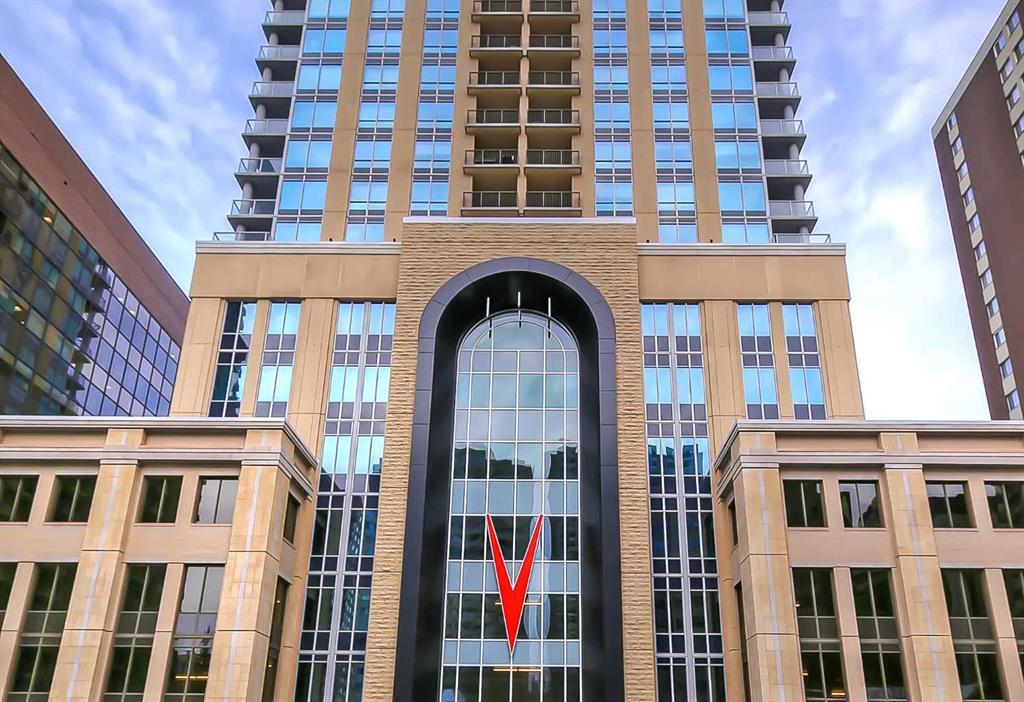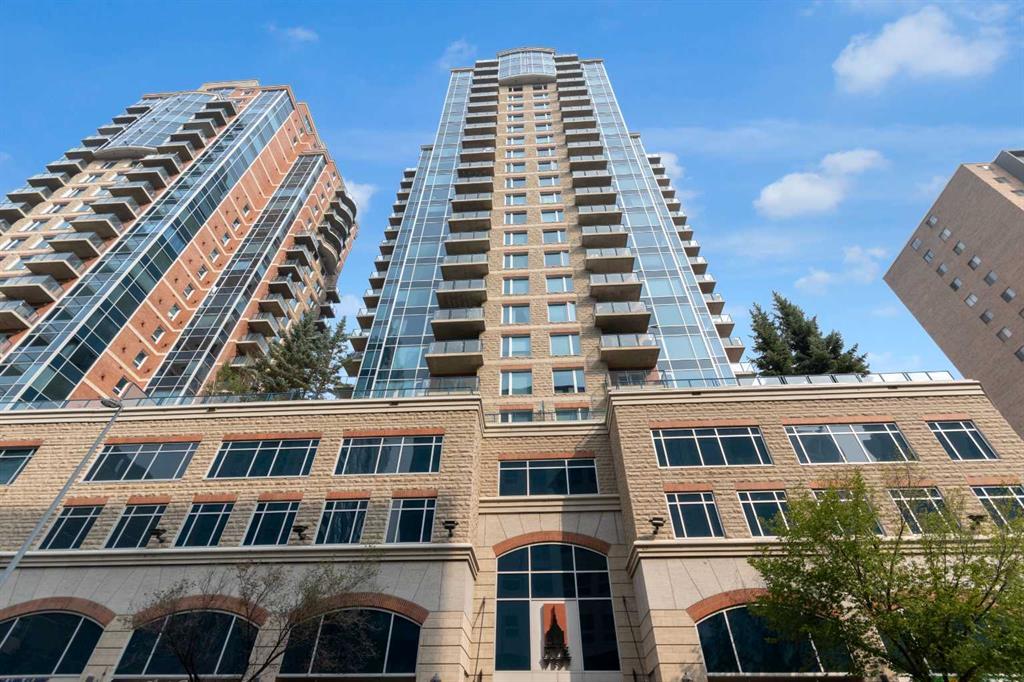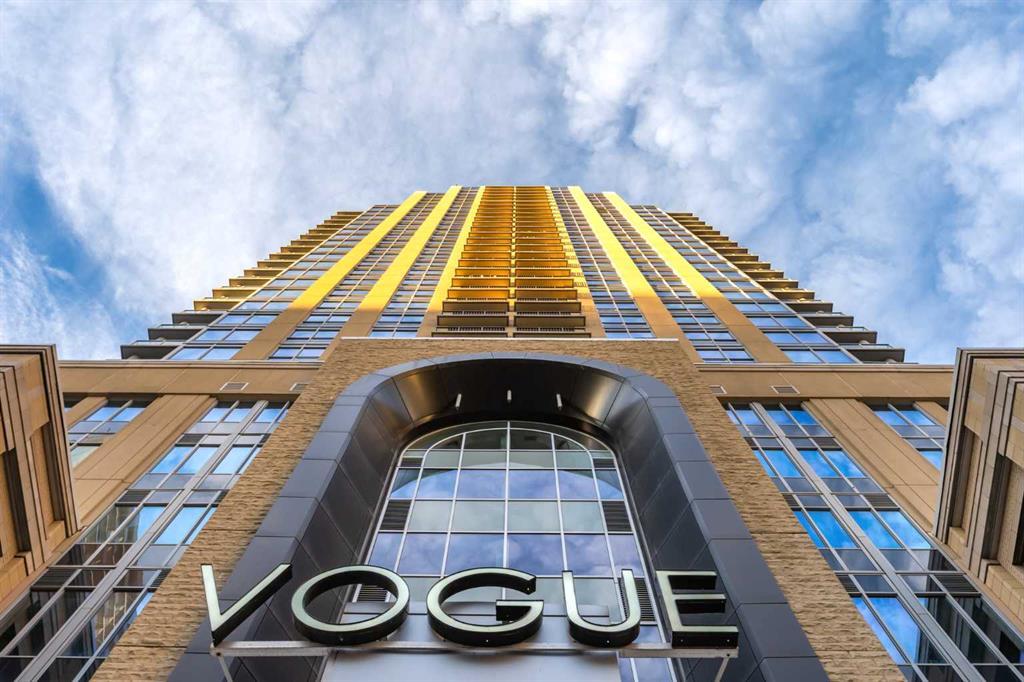Downtown Core Homes For Sale
The Downtown Core is the heart of Calgary’s business, lifestyle, and urban culture. Encompassing the Financial District, commercial high-rises, boutique towers, and luxury condo residences, this area is the epicentre of city living. Bordered by Eau Claire to the north, the Beltline to the south, and the Bow River to the east and west, the Downtown Core delivers unparalleled access to Calgary’s CTrain, river pathways, top restaurants, and nightlife.
Whether you’re a young professional, investor, or downsizer craving a walkable lifestyle, Downtown Calgary is where energy meets elegance—with high-rise views, world-class amenities, and front-row access to everything urban life has to offer.
Downtown Core Real Estate Statistics
| Average Price | $391K |
|---|---|
| Lowest Price | $180K |
| Highest Price | $2M |
| Total Listings | 35 |
| Avg. Days On Market | 62 |
| Avg. Price/SQFT | $448 |
Property Types (active listings)
Downtown Homes for Sale
Get New Downtown Core Listings Delivered to Your Inbox
- ✅ Instant property alerts – Know the moment a Downtown Core condo comes on the market.
- ✅ Save your favourites – Keep track of the homes that catch your eye.
- ✅ Tailored to you – Set your budget, preferred style, and must-have features.
- ✅ Discover hidden value – Spot price adjustments and great homes that others might miss.
Why Buyers Love Living in Calgary’s Downtown Core
- Ultimate walkability—live, work, dine, and play within a few blocks
- Steps to the CTrain (free fare zone) and bike lanes throughout downtown
- Modern condos with skyline views and top-tier amenities
- Direct access to Stephen Avenue, Prince’s Island Park, and CORE Shopping
- Vibrant nightlife, art galleries, and cultural events at your doorstep
Your Downtown Calgary Real Estate Experts
We know how to navigate the complexities of buying in Calgary’s Downtown Core. Whether you're buying your first condo or upgrading to a luxury penthouse, the Marnie Campbell Real Estate Team helps you understand value, avoid common pitfalls, and secure a home that matches your lifestyle goals.
What It’s Like to Live in Calgary’s Downtown Core
The Downtown Core is where Calgary’s energy, opportunity, and skyline all come together. Whether you’re walking to work, dining at top-rated restaurants, or taking in the latest gallery exhibit or live music event, life here is anything but ordinary. With +15-connected office towers, modern high-rise condos, and quick CTrain access, this is the heart of Calgary for professionals, entrepreneurs, and anyone who wants to live steps from everything.
For buyers who crave urban convenience, low-maintenance living, and proximity to arts, events, and commerce, the Downtown Core offers unmatched vibrancy and connection.
History of the Downtown Core: From Railway Hub to Business Capital
Calgary’s Downtown Core is where the city’s story began. Established in 1875 with the founding of Fort Calgary at the confluence of the Bow and Elbow Rivers, the area quickly evolved from a frontier outpost into the beating heart of commerce, culture, and community.
- Stephen Avenue—named after CPR President George Stephen—has been the city’s commercial spine since the early 1900s, lined with historic sandstone buildings from the “Sandstone City” era.
- The area once hosted horse-drawn streetcars, open-air markets, and Calgary’s first theatres and hotels, giving the core a vibrant, bustling energy from the start.
- Oil booms in the mid-20th century shaped the modern skyline, with office towers rising to reflect Calgary’s growing influence on the global stage.
- Historic landmarks like the Calgary Tower (1968) and Calgary's first city hall (1911) still stand today.
- Today, the Downtown Core is home to many of Canada’s top energy, finance, and tech company headquarters, making it a major hub for business professionals.
For buyers, the Downtown Core offers more than just proximity—it’s about being connected to Calgary’s history, energy, and future. Whether you’re a professional who walks to work or a culture lover drawn to live music, galleries, and dining, this is urban living at its most iconic.
Types of Homes in Downtown Calgary
Downtown real estate is sleek, vertical, and designed for the urban buyer. It offers lock-and-leave convenience, stunning views, and proximity to everything.
- High-Rise Condos – Modern towers with concierge services, fitness centres, and rooftop lounges.
- Luxury Penthouses – Top-floor residences with panoramic views, private elevators, and upscale interiors.
- Boutique Lofts – Converted heritage buildings with exposed brick, soaring ceilings, and designer finishes.
- Micro-Units & Studios – Smart, efficient spaces perfect for professionals, investors, or minimalists.
- Downtown Calgary Price Point – Expect entry-level condos around $250,000, mid-range residences at $400,000–$600,000, and luxury penthouses exceeding $1.5M+.
Whether you're buying your first home or a high-end executive property, Downtown Calgary delivers a lifestyle rooted in convenience and energy.
Let’s connect and explore if downtown is the right fit for your next move.
Everyday Essentials & Local Favourites
Urban convenience is the heartbeat of Downtown Calgary. Everything from your morning coffee to your post-work spin class is within reach.
- Deville Coffee & Rosso – Signature Calgary cafés perfect for meetings or morning rituals.
- Prince’s Island Park – Your green escape just steps from high-rises and river views.
- Major Banks & Law Firms – Perfect for professionals working in the financial district.
Schools Serving the Downtown Core
While the Downtown Core skews professional, there are several schooling options nearby, ideal for families with older children or students pursuing post-secondary education.
- Connaught School – CBE, K–6: French and English streams with a strong academic foundation.
- Mount Royal School – CBE, 7–9: Convenient for inner-city students with transit access.
- Western Canada High School – CBE, 10–12: Offers AP courses and extensive arts programs.
- Bow Valley College & SAIT Downtown Campus – Post-secondary options within walking distance.
Is Calgary’s Downtown Core the Right Neighbourhood for You?
Downtown Commercial Core Calgary Homes for Sale FAQs
What types of homes are available in the Downtown Commercial Core?
The Downtown Commercial Core is primarily made up of high-rise and mid-rise condominiums, ideal for buyers looking for a low-maintenance, lock-and-leave lifestyle in the heart of Calgary. Many units offer stunning city views, secure access, and on-site amenities like gyms and lounges.
What’s the average price of a condo in the Downtown Commercial Core?
As of early 2025, the average price of a condo in Calgary’s Downtown Commercial Core is approximately $376,000. This includes a mix of affordable entry-level units and luxury suites with premium views and finishes.
Is the Downtown Commercial Core walkable?
Yes — this is one of Calgary’s most walkable communities. You'll have immediate access to restaurants, coffee shops, the Core Shopping Centre, +15 pathways, and the CTrain. Everything downtown living promises is right outside your door.
Is the Downtown Core a good place for first-time buyers?
Definitely. With a wide range of entry-level condo options, a walk-to-work lifestyle, and access to nightlife and culture, the Downtown Core is a popular choice for young professionals and first-time buyers wanting an urban vibe.
What lifestyle can I expect living in Calgary's Downtown Core?
Life in the Downtown Commercial Core is about convenience, connection, and cosmopolitan living. Think brunch at Alforno Bakery, evenings at the Arts Commons, and weekday strolls to work. It’s a lifestyle centred around walkability and energy.
Is there good transit access in the Downtown Core?
Yes — the Downtown Core is extremely well connected. It’s home to two major CTrain lines and numerous bus routes, making commuting to anywhere in the city fast and simple, even without a car.
Can I find newer or luxury condos in the Downtown Core?
Yes — in addition to older buildings with character and affordability, there are also modern luxury towers offering concierge service, private amenities, and panoramic views. Buyers have options at every price point.
Is the Downtown Core a good place to invest?
Yes — thanks to steady rental demand from professionals, students, and downtown workers, the area remains an attractive location for investors. As revitalization continues, long-term value and appreciation potential are strong.
Is the Downtown Core safe to live in?
The area is busy, with a mix of offices, residences, and nightlife. While some blocks are more active than others, most buildings offer secure entry, concierge service, and underground parking. We always help our clients find the best fit for their lifestyle and comfort level.
How do I get started buying in the Downtown Core?
We’ll help you understand the condo market, explore different buildings, and identify the right home that fits your needs. Schedule your buyer consultation today to confidently take the first step toward owning in downtown Calgary.
Thinking About Moving to Calgary’s Downtown Core?
We’ve helped professionals, investors, and lifestyle-driven buyers make smart, confident decisions in Downtown Calgary. If you’re considering a move downtown—or looking for your next investment property—our team is ready to guide you.
Check out our Calgary Relocation Guide or schedule a no-pressure call with our team to explore your next steps.
Search Inner City Calgary Communities With Homes for Sale

Marnie is a trusted Calgary REALTOR® with 18+ years of experience, over 800 real estate transactions, and 150+ five-star reviews. She leads a team dedicated to helping clients make confident, no-regret real estate decisions.
Learn more about Marnie →
Read our Google Reviews →
MLS listings provided by Pillar 9™. Information Deemed Reliable But Not Guaranteed. The information provided by this website is for the personal, non-commercial use of consumers and may not be used for any purpose other than to identify prospective properties consumers may be interested in purchasing.

